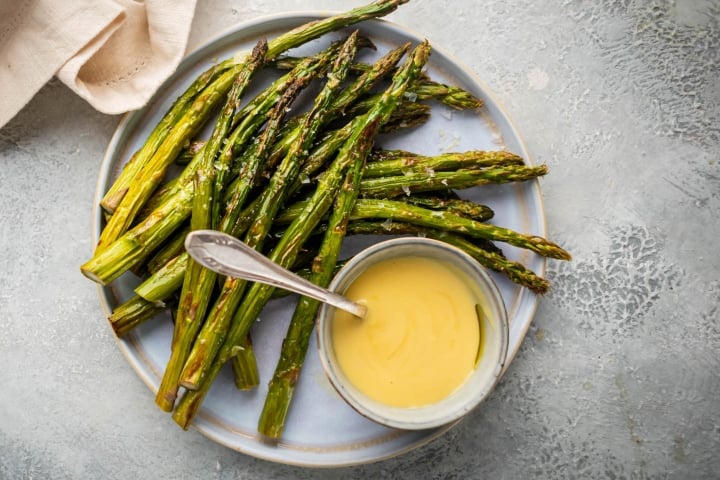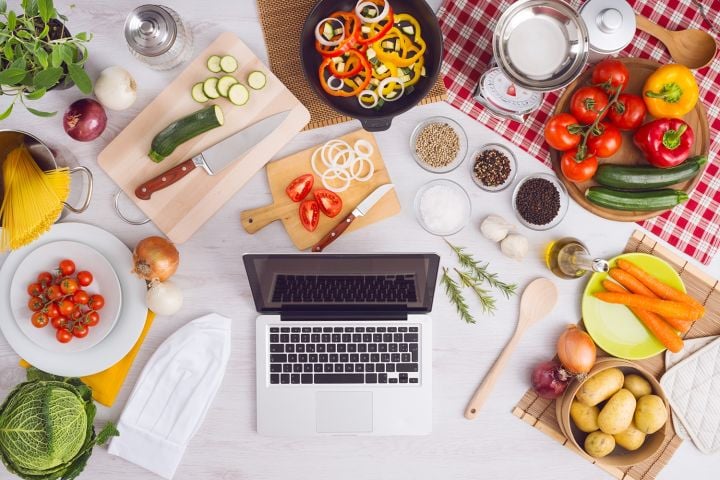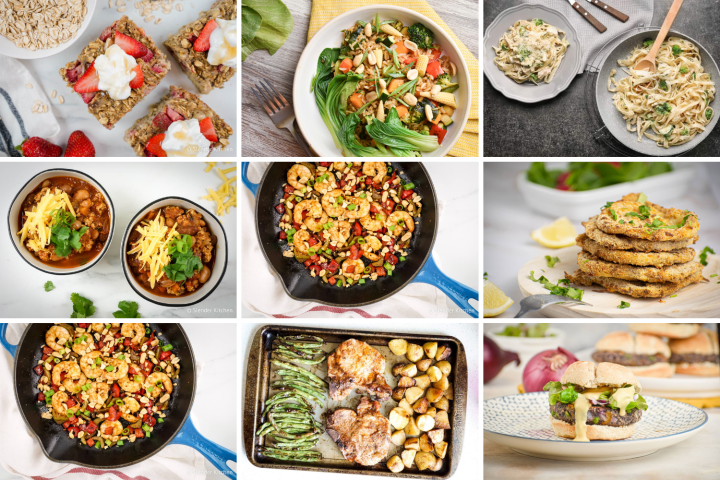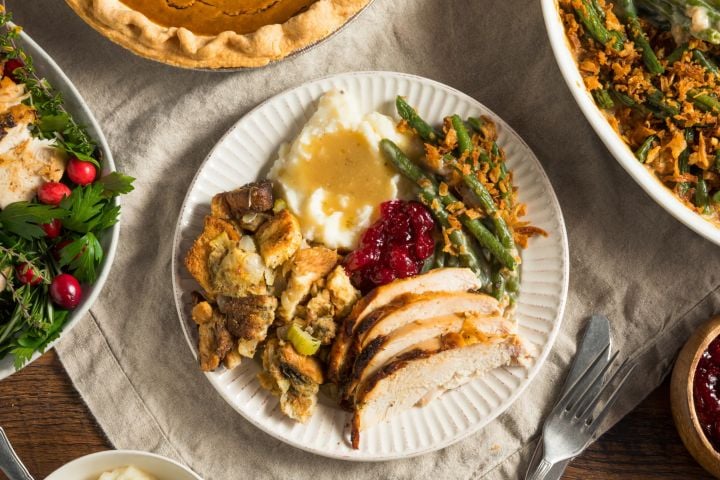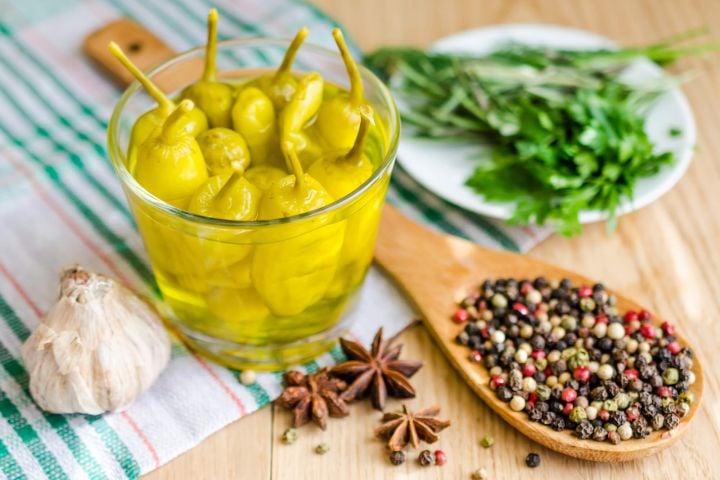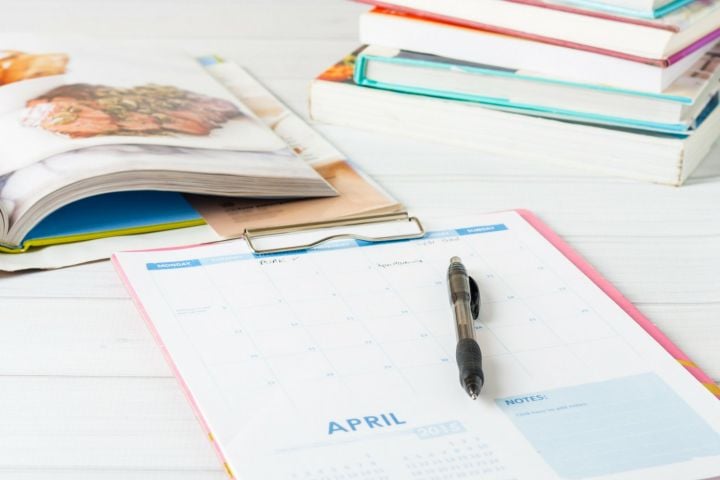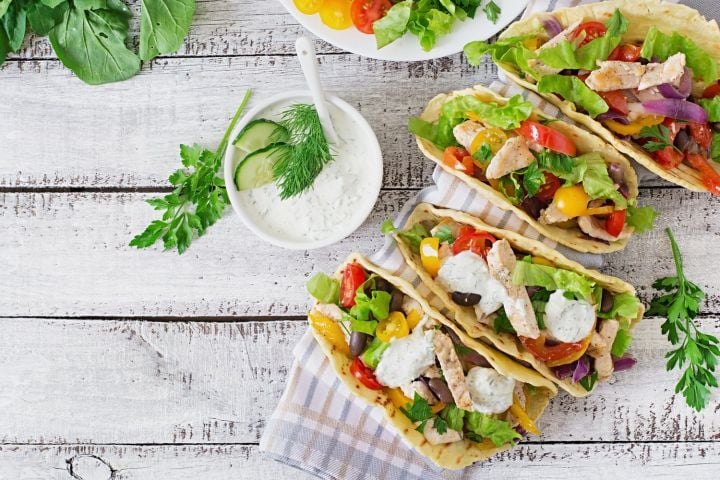55 Tips for Healthy Meal Planning
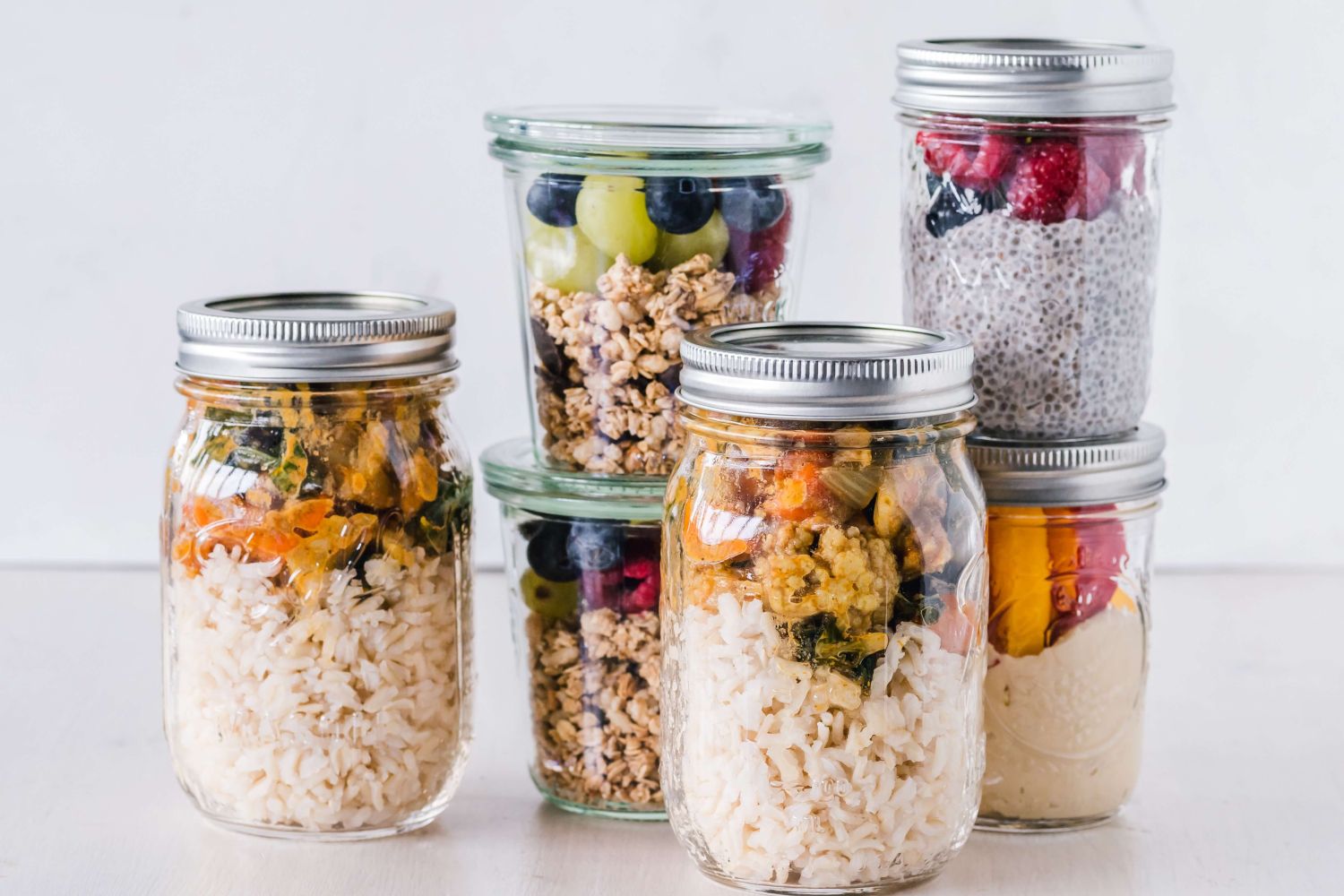
So, you say you want to eat more healthfully but there's NO WAY you could ever find the time to cook, much less to plan to cook, and to actual also eat the food you cook? Have I got a proposition for you! Have you thought about trying meal planning? Now, before you scoff and stop reading, hear me out. I am pretty sure I can turn just about anyone into a meal planning convert!
Meal planning can be one of the most accommodating ways to help you eat more healthy foods or to help you lose or maintain your weight. When you plan your meals ahead of time, you're able to pick and choose the foods you want to eat, when you want to eat them, and how often. Plus, if you make enough of one recipe to eat again later, you'll be able to calculate your nutritional needs once and not have to do it for every meal. You'll also eliminate the need to wonder "what's for dinner (or lunch or breakfast)" for several, if not all, meals in a given week.
Whether you're planning for yourself or your family, for a bunch of carnivores or vegetarians or everything an anything in between, meal planning can work for you. To that end, I've compiled a list of quick-and-easy tips to help you get there, no matter what your meal planning focus.
Choosing Meal Frequency
The number-one question I get asked is "How often should I plan my meals?" I like to plan all my meals but I have lots of practice. For new meal planner, I say two to four meals is a good place to start. If you're not sure how to pick your frequency, try these tips:
- Start small, concentrating on the meal you have the most trouble with, whether that means lack of time, nutritionally, to bring your family together, etc.
- Plan your week a week in advance to give yourself enough time to find recipes, shop, etc.
- Consider if you will be eating your meal at home or on the go.
- Take into account how much time you'll have to prepare the meal — either the day of or ahead of time.
- Consider your focus — will you be trying to eat the rainbow? More protein? Save time? Have a family dinner night? These can all come into play when you think about your frequency.
- Decide if you're going to be cooking every day or cooking only once or twice for the week and eating leftovers.
- Be sure to write your plan down (so much easier to have a reference when you want to re-use it later).

Tips for Recipe Finding
Some people think this is the worst part of meal planning, but I would argue it's the most fun, plus it involves a bit of fantasy. What do you want to eat? Can you make it? Does it fit your parameters? Even if you don't have time/can't fathom making beef wellington, that doesn't mean you can't make Pepperoncini Beef! Try these other ways to narrow down your recipe hunt:
- Sign up for emails from food blogs such as Slender Kitchen — that way the recipes will come right to your inbox.
- Search Pinterest for recipe ideas. You'll discover thousands of recipes at your fingertips!
- Search google for recipe ideas (using keywords like "popular chicken recipes," "healthy lunches," or "quick breakfast ideas," etc.).
- Look through magazines (if you find one you like as you page through a magazine in a waiting room, you can always take a picture of the recipe).
- Dust off your old cookbooks and see if any of those recipes tickle your fancy. Then earmark them or take a photo if you're storing your recipes digitally.
- Ask friends and family for their favorite, tried-and-true recipes.
- Check cookbooks and magazines out of the library.
- Download a cookbook to your Kindle or ipad.
Tips for Shopping
Okay shopping sucks. Or, at least it does for me. I wish there were magical fairy elves who would just stock my pantry and fridge on the daily. But, barring my wishes coming true, I try to follow these pointers:
- Remember to double or triple your ingredients if you are making food ahead of time to eat for several meals.
- Make a list in order of grocery store section — this will make your trip that much faster.
- See if your grocery store has an app you can download that will order your list for you according to store layout.
- Remember to take into account your budget — and stick to it.
- Whatever you do, don't go shopping hungry!
- Your store may offer digital coupons — use them.
- Purchase in bulk if you can. This is especially useful if you are meal planning for more than one meal.
- If you have the time and inclination, look through your store's weekly ads, and try to plan your meals around what's on sale.
- Shop at an "off" time at your grocery, if such a thing exists. Easier to get in and out and stay on target.
- Take the big shopping cart. You're fooling no one with the small cart or basket.

Tools and Pantry Staples for Meal Planning
If you don't want to head back to the grocery store constantly for something you forgot — again, then I suggest you keep a few pantry staples and small appliances/tools in your kitchen, such as the following:
- Paper and pens or google docs for list-making.
- Recipes, and a place to store those recipes (paper or digitally or a combo of both).
- Microwave-safe containers for meal prepping those planned meals.
- Basic spices: salt, pepper, Italian seasoning, red pepper flakes, cayenne pepper, chili powder, oregano, thyme, basil, cumin, and ginger are a few that come to mind.
- A pot, pan, or skillet big enough to cook several meals at once.
- Freezer bags for separating, labeling, and freezing any bulk items.
- Sturdy cooking utensils, either metal or plastic (remember though, you cannot use metal tools on non-stick surfaces).
- Chicken, beef, and/or vegetarian broth.
- Tomato sauce and diced tomatoes.
- Beans, all the beans! I like to have at least one can of chickpeas, black beans, and red beans in my pantry at all times.
- A few boxes of pasta, rice, and oats.
- Eggs, milk (or plant-based milk), and plain Greek yogurt.
- Bread crumbs and pasta sauce.
- Sugar, flour, baking soda, baking powder.
- Slow cooker and/or Instant Pot.
What Foods Are Good for Meal Planning?
There are certain foods that work better than others for meal planning, mostly those that fit under the umbrellas of "time-saving" and "healthy." Other recommendations include:
- Ones that you and your family will enjoy eating.
- Foods that meet any health and fitness goals you have set.
- I like meals that can be prepped and ready in 30 minutes or less.
- Can they be cooked in a slow cooker or Instant Pot? Bonus!
- Use quick-cooking meats — thin cuts, ground, or lean.
- Use quick-cooking grains like quinoa, brown rice, oats or whole-wheat pastas.
- Eggs are wonderful — use them whenever you can!
- Protein (animal or vegetable) is some form is a good thing to add to your meals.
- Try to make meals that call for fruits or vegetables.
- Recipes that require very little saturated fat or extra sugar are also nutritionally sound!
- Meals that contain very little processed or "fake" ingredients.

Overall Tips for Healthy Meal Planning
How could I leave you without any parting meal planning words of advice? I can't! Follow these last few tricks I have up my sleeve like you've just been handed a hot fudge sundae. Only, don't cry when you get to the end. There's no crying in meal planning!
- Be patient with the process.
- If at first you don't succeed, try, try, again.
- Mix up your foods from week to week so you don't get bored.
- Also consider making extra of something (protein, veggies, grains) for one recipe that can be carried over to other recipes. For instance, cook up a big lot of chicken breasts on Sunday and then use them throughout the week for recipes such as these Honey Garlic Chicken and Asparagus, Grilled Chicken Tacos, or Buffalo Chicken Celery Bites. Or you can make a big pot of rice then add it to a recipe that calls for rice, such as these Broccoli Cheddar Rice Cups, this Healthy Chicken Fried Rice, or this Low Carb Pork Fried Rice.
My hope for you is that this list helps you realize that meal planning truly can be done by anyone! It really does save time and can help you learn so many things about recipe finding, shopping, cooking, and how to eat healthier and prevent wasted food. Click here to learn more about how Slender Kitchen's meal plans can help you with your meal planning goals.

